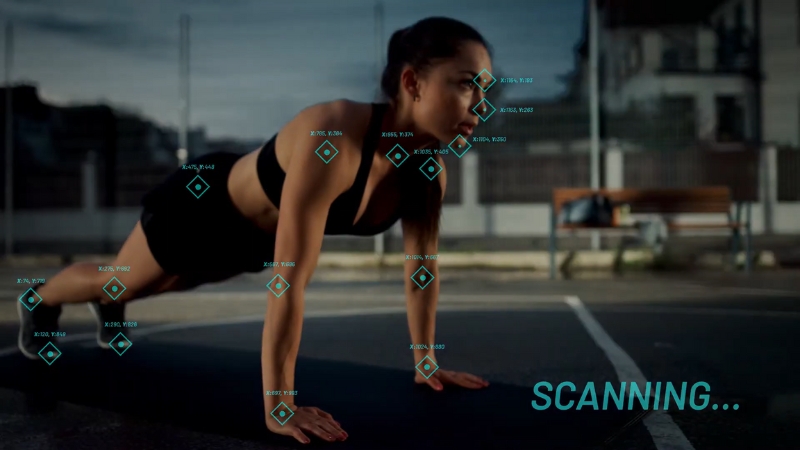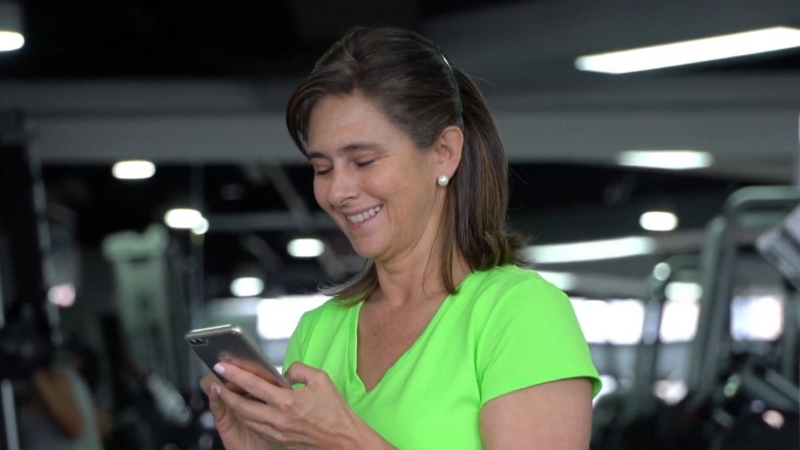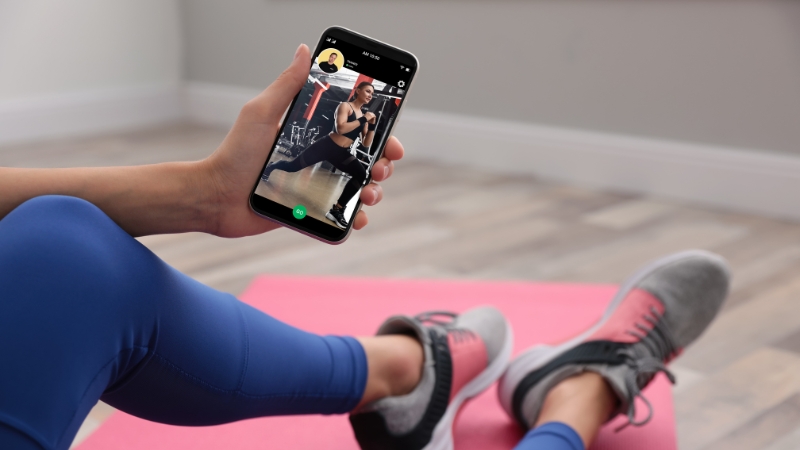
Share Post:
The straight answer: AI is unlikely to fully replace personal trainers, but it will increasingly reshape and supplement the profession. AI tools already handle workout planning, progress tracking, and nutrition advice with impressive accuracy.
However, the human element, empathy, motivation, real-time corrections, and accountability, remain something algorithms cannot fully replicate.
Instead of replacement, what we are seeing is a blending of AI and human expertise, where AI automates repetitive tasks and gives trainers more time to focus on coaching and personal connection.
Table of Contents
ToggleWhy Replacement Isn’t Realistic
A personal trainer does more than write down sets and reps. The job is part coach, part teacher, part psychologist.
Clients show up tired, frustrated, stressed, or even embarrassed about their fitness level. A trainer reads those signals and adjusts – something an app or algorithm doesn’t do well yet.
Imagine someone squatting with their knees caving in. An AI might recognize poor form if it has video feedback, but it cannot physically intervene or give the client a light tap to correct alignment.
Even if the AI gives the right advice, many clients won’t implement it properly without live feedback. Injury prevention and trust come from human presence.
Another big factor is accountability. It’s easy to skip a workout when the only reminder is a notification from an app. It’s much harder to cancel on a trainer who expects you to show up.
That social contract – paying someone, knowing they are waiting for you—pushes people to keep going long after motivation dips.
What AI Does Better

At the same time, dismissing AI as just a passing trend would be a mistake. It already outperforms personal trainers in several technical areas, and those advantages will only grow stronger as the technology improves.
Data Crunching
AI thrives on numbers. It can instantly process information like age, weight, training history, recovery scores, sleep patterns, and even nutrition logs to build a program that is mathematically optimized for progress.
What might take a human trainer several sessions of trial and error, an AI system can adjust in real time, making tweaks the moment your performance data changes. This level of precision ensures a plan is not only customized but continuously evolving.
Scalability
A single trainer has a natural ceiling. They can only handle a set number of clients before their time and energy run out. AI, on the other hand, doesn’t have that limitation.
An app can serve millions of users at the same time, each receiving a program tailored to their stats and goals. This scale means advanced training insights that used to be reserved for elite athletes are now available to everyday people through their phones and smartwatches.
Affordability

A typical in-person session runs anywhere from $50 to $100, which adds up quickly for anyone training multiple times per week.
In contrast, AI-driven apps often cost $10–30 per month.
For many people, these apps fit into the same budget category as streaming services or household subscriptions. Some even bundle their digital fitness with other deals, like streaming platforms or Xfinity Internet deals, to keep costs predictable while getting multiple services under one plan.
Accessibility
AI never sleeps, cancels, or takes vacations. Whether you want to train at 5 a.m. before work or at midnight after a long day, your digital coach is there.
This 24/7 availability is especially appealing to people with unpredictable schedules, parents balancing family life, or anyone who struggles to fit into a trainer’s fixed calendar. It also makes fitness more inclusive, allowing those in smaller towns or areas without access to quality trainers to get guidance on demand.
The Jobs Most at Risk

The trainers most vulnerable to AI are those who only provide cookie-cutter workout plans. Static spreadsheets or one-size-fits-all templates are exactly what AI excels at producing – and usually at a fraction of the cost.
If a trainer’s main offering is just writing down sets and reps, clients will quickly start to question why they are paying premium rates for something their phone can now generate instantly.
What separates safe trainers from replaceable ones is the human layer of coaching. Those who combine AI insights with personal guidance will remain in demand.
They can offload repetitive tasks – such as calculating progressive overload, logging workouts, or adjusting calorie targets – to software.
That frees them to focus on the services that clients actually value most: encouragement when motivation dips, hands-on corrections that prevent injuries, and nuanced adjustments tailored to a client’s lifestyle, stress levels, or recovery. These are the things no app can fully replicate, and they are where the true worth of a trainer lies.
Comparison: AI vs Human Trainers
Feature
AI Fitness Tools
Human Trainers
Workout Personalization
High (algorithmic)
High (adaptive to context & mood)
Real-Time Form Correction
Limited (video-based, delayed)
Excellent (immediate and physical)
Motivation & Accountability
Low–Moderate (gamification, reminders)
High (personal bond, social pressure)
Cost
Low ($10–30/month)
High ($50–100+/session)
Emotional Connection
None
Strong
Availability
24/7
Limited to the schedule
Safety & Injury Prevention
Low (static advice)
High (hands-on, real-time adjustments)
What Trainers Should Expect
The biggest change ahead is in job definition. By 2030, most trainers will no longer spend hours writing out workout plans from scratch.
Instead, they’ll oversee AI-generated programs, interpret streams of wearable data, and focus on what machines cannot provide – motivation, accountability, and real-time correction.
The role will shift from being primarily about programming to becoming more of a performance coach who blends human intuition with digital insights.
We’re already seeing early versions of this. High-end gyms like Equinox have started integrating biometric tracking, recovery scores, and AI-driven performance dashboards into their services.
Trainers don’t just hand over the numbers; they explain what those results mean, adjust sessions accordingly, and use the data to fine-tune coaching in a way that feels both scientific and personal.
This hybrid model keeps trainers relevant while making them even more effective, positioning them as interpreters of technology and motivators of people..
A Realistic Scenario
Here’s what the next few years might look like:
Instead of being competitors, AI and trainers will become partners. Clients who want a cheap, self-guided path will stick with apps.
Clients who want results, accountability, and safety will pay for human trainers who use AI as an enhancer.
The Bottom Line
@bigbrandoncarterWhy AI Won’t Replace Personal Trainers♬ original sound – Brandon Carter
AI will not make personal trainers extinct. It will make lazy, generic trainers obsolete. The ones who survive will be those who embrace AI to do the math and tracking while doubling down on the human side of fitness – the part no machine can truly replicate.
Concrete takeaway: AI will replace tasks, not people. The profession is safe, but it is changing. The future of personal training is hybrid, with humans and AI working together to deliver better, smarter, and more personalized fitness experiences.
Related Posts:














